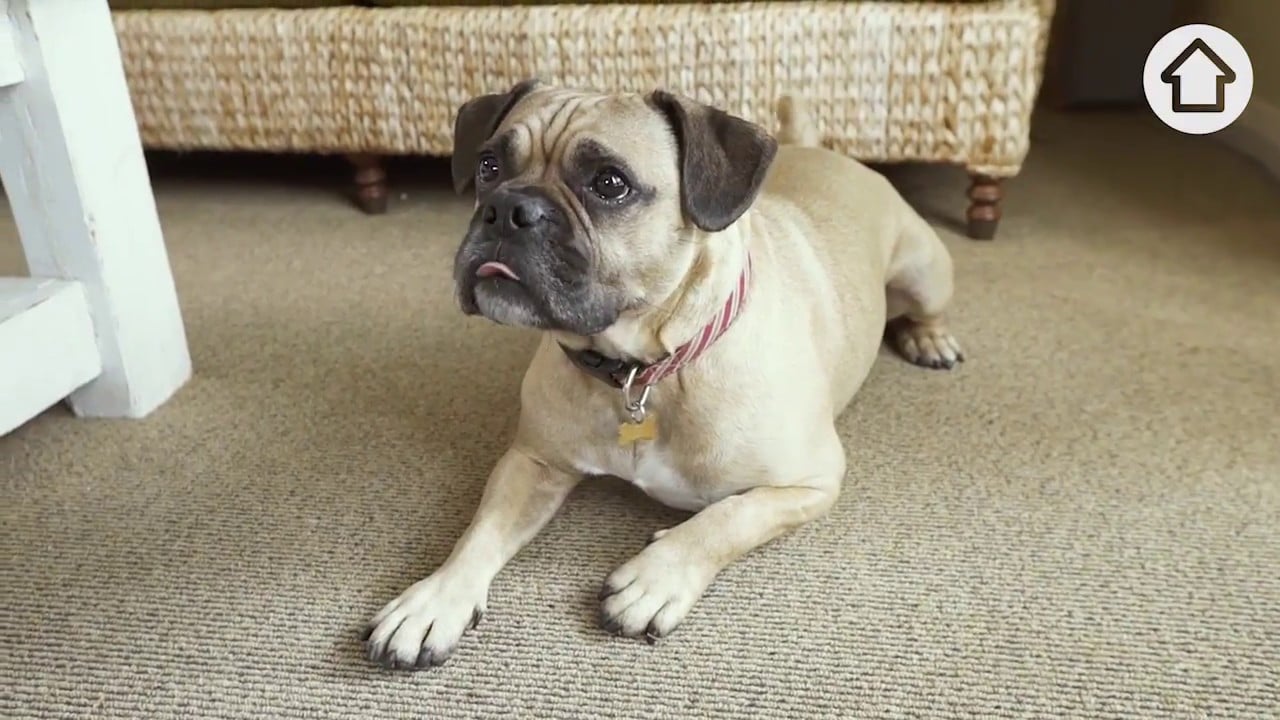
Winter is tough on human skin so you may take more care in extreme weather like snow. It is no different for your dog either, particularly with their paws. Although their paws are equipped with thick pads and fur, this isn’t always sufficient to protect them during winter snow. So it is up to you to ensure their paws are in the best shape possible.
The chill factor alone and changing heat extremes from going in and outdoors can cause the skin on your dog’s pads to become irritated, leaving them dry, itchy and even cracked at times.
Ways to protect dog paws from snow before going on a walk
Perhaps the best defence against the cold for your dog’s paw is the application of a balm. There are many different types available on the market, and they don’t have to be specifically made for pets either – some creams made for humans work just as well. We advise that before applying any balm/cream to your dog’s paw, you spend some time on basic grooming.
Trim long hair
Good grooming will ensure healthy paws and a happy dog. Make sure to trim any bits of long hair growing either between the paw pads or around the paws. The aim is here to reduce the likelihood of the hair on your dog’s paw touching the ground, which can be dangerous as the cold can help to create ice balls between the paws, an extremely painful condition.
Please take the opportunity to trim your pet’s nails at the same time; long claws can lead the paw to splay out, making it easier for ice balls to take root.
Once these simple steps have been carried out, the paw is ready to have balm applied. If you take your dog out shortly after that, remember to clean the paw of any snow and ice and reapply the protective layer on your return.
Booties
if the weather is extreme and your dog is suffering, you might want to invest in some booties before you head out in the snow. They offer great protection and warmth for snowy paws and minimise your dog’s contact with de-icing chemicals.
Towel dry
Take a clean, dry towel with you on a walk to wipe dry, irritated paws as you go.
Keep the Paws Clean
After each dog walk, wash and towel dry your dog’s paws, and remove any ice, snow or grit from between their toes.
Be aware of the dangers
salt and deicers.
It is normal for roads and footpaths to be treated with salt or chemical deicers when the weather turns frosty. Rather than staying cooped up inside, remember to keep clear of these areas and, as an extra precaution, wash your dog’s paws thoroughly after each visit.
As a London dog walker, I must stress the toxicity of anti-freeze to your dog. Pet-friendly deicers are available and set an excellent example for your neighbours if you are seen to use them. Together you can ensure that the neighbourhood is as safe as possible for pets.
When out on walks, it may be easy to forget about the cold when you are wrapped up warm, but remember that dogs can feel the cold too and can contract hypothermia and frostbite, so plan your trips out with this in mind.
If you notice damage to your dogs’ paws this winter, don’t take them for a walk before you’ve consulted your vet – you could make any damage worse.

